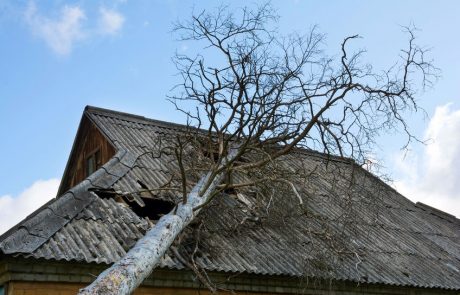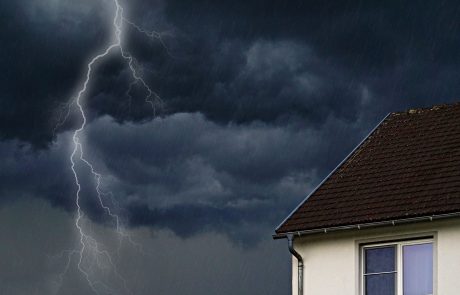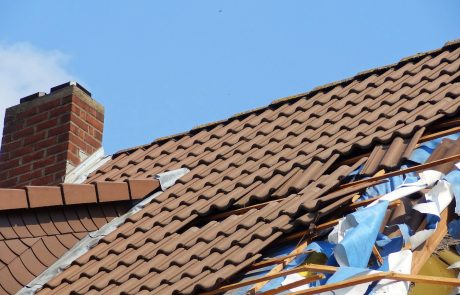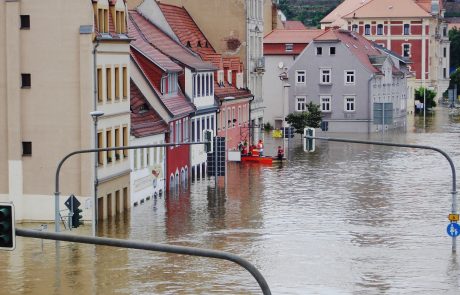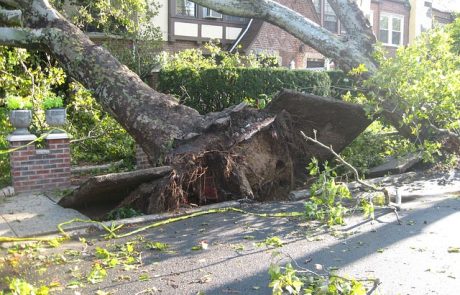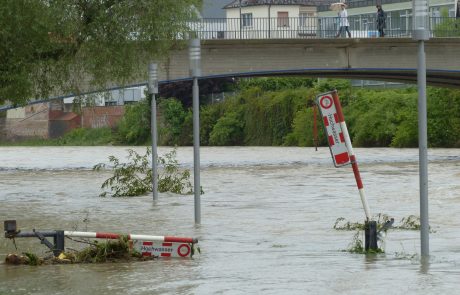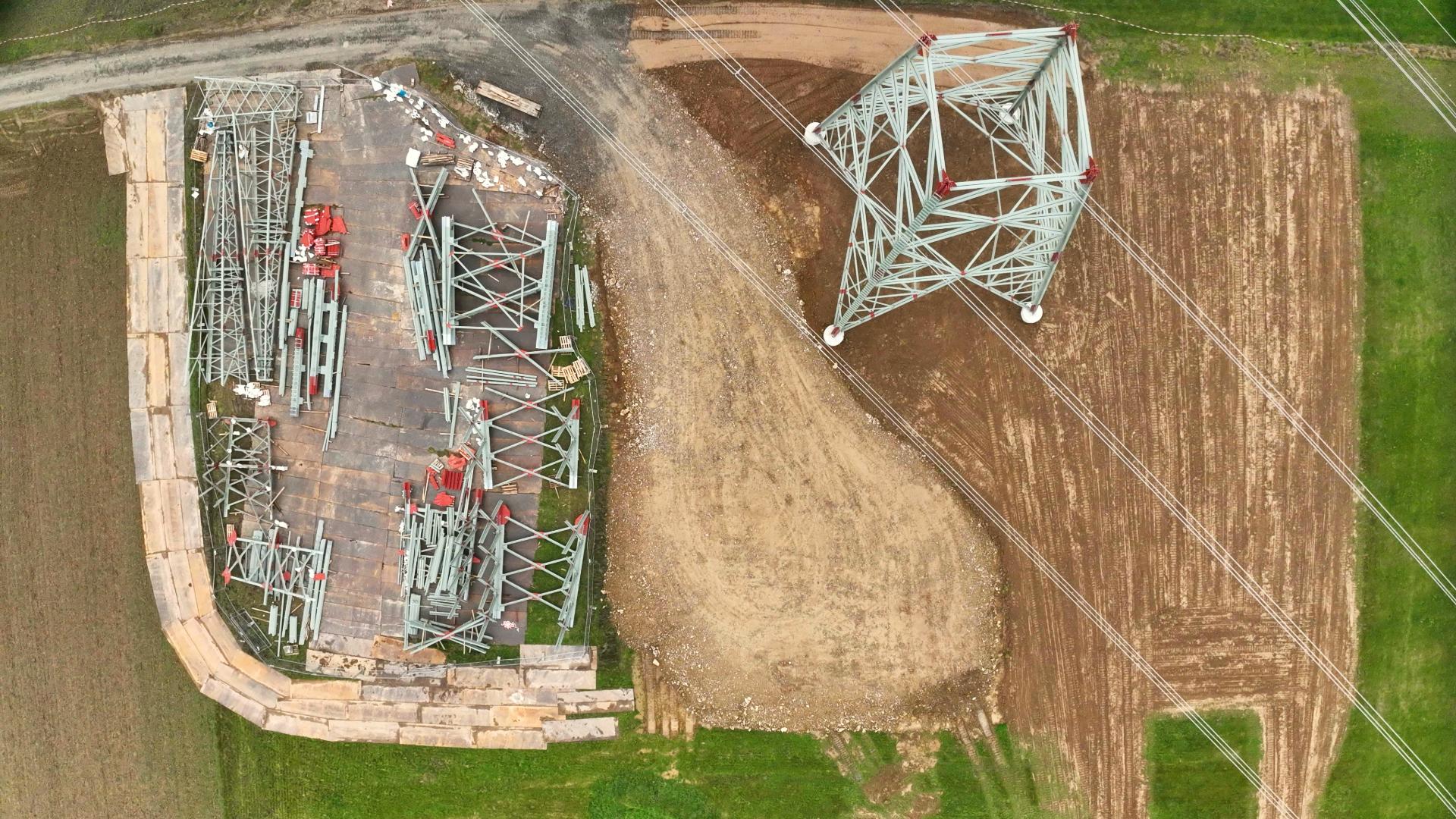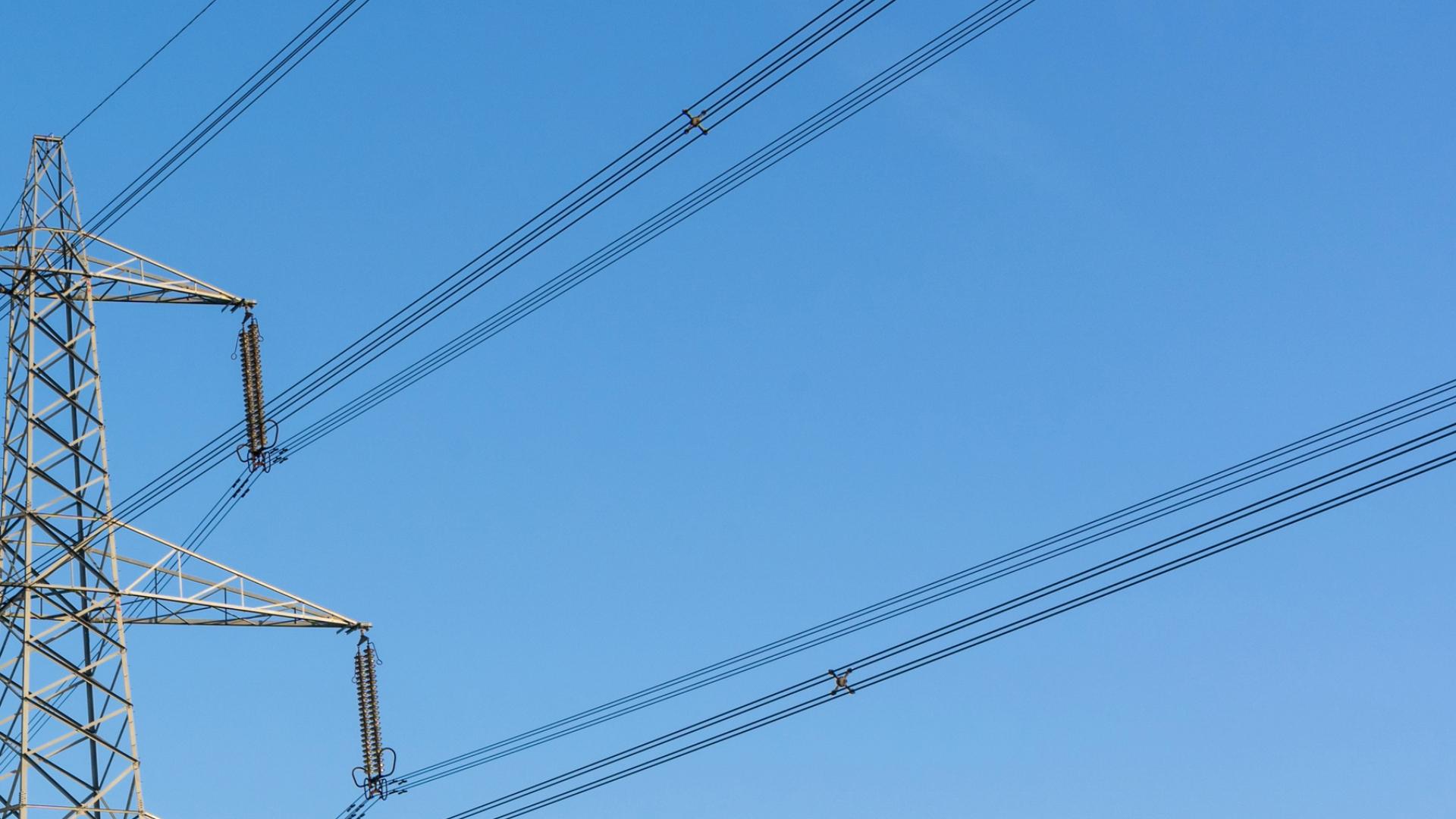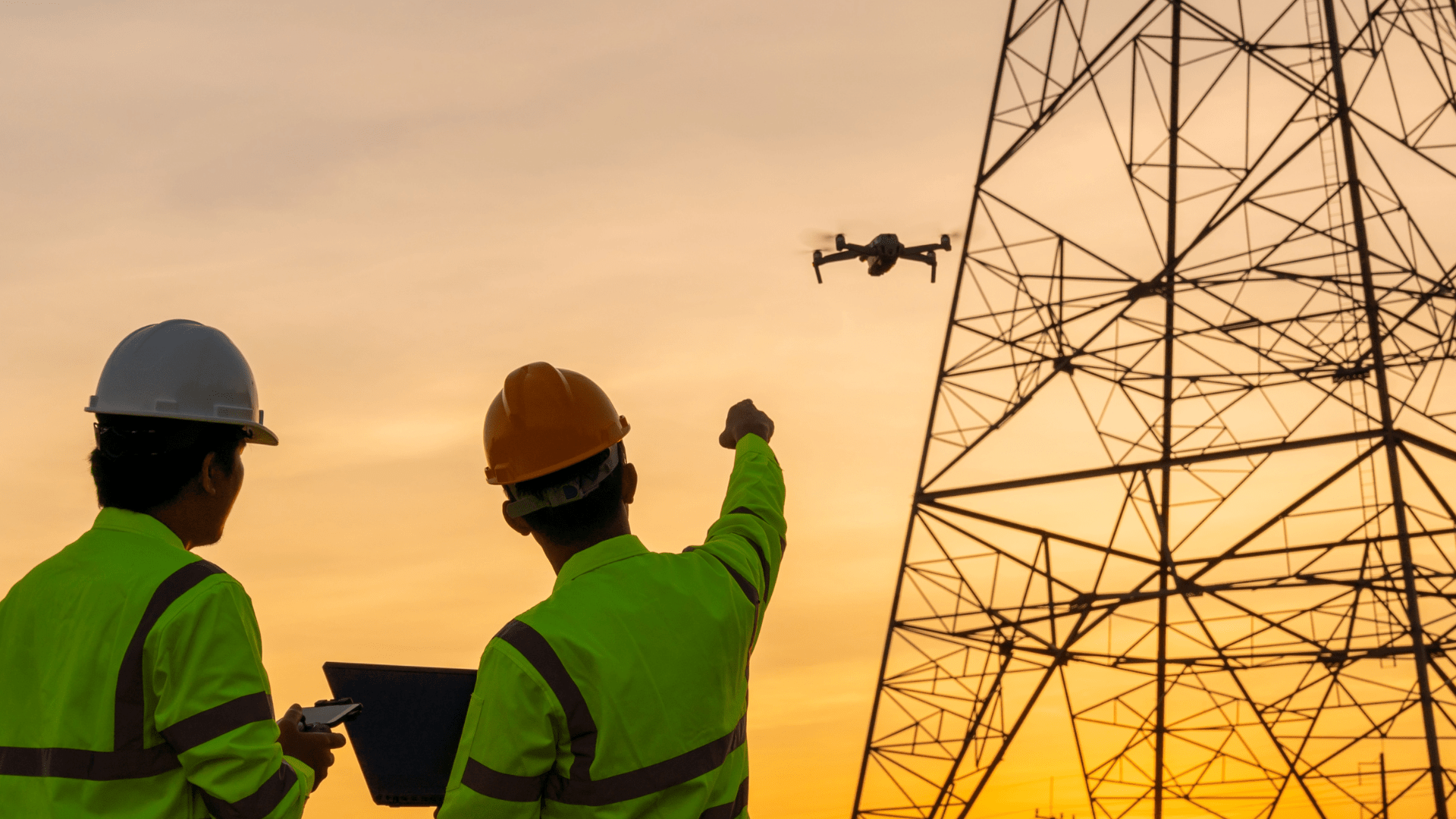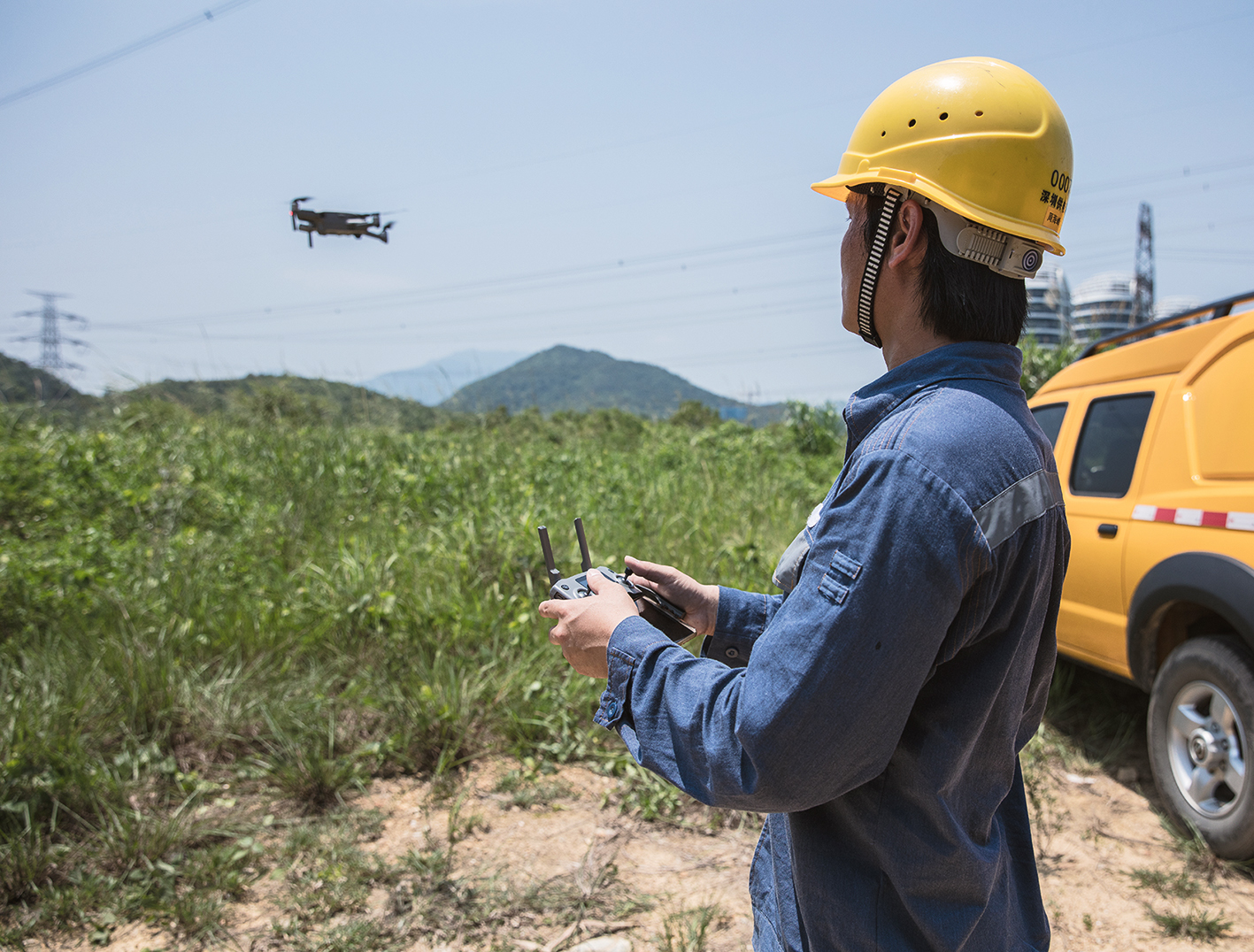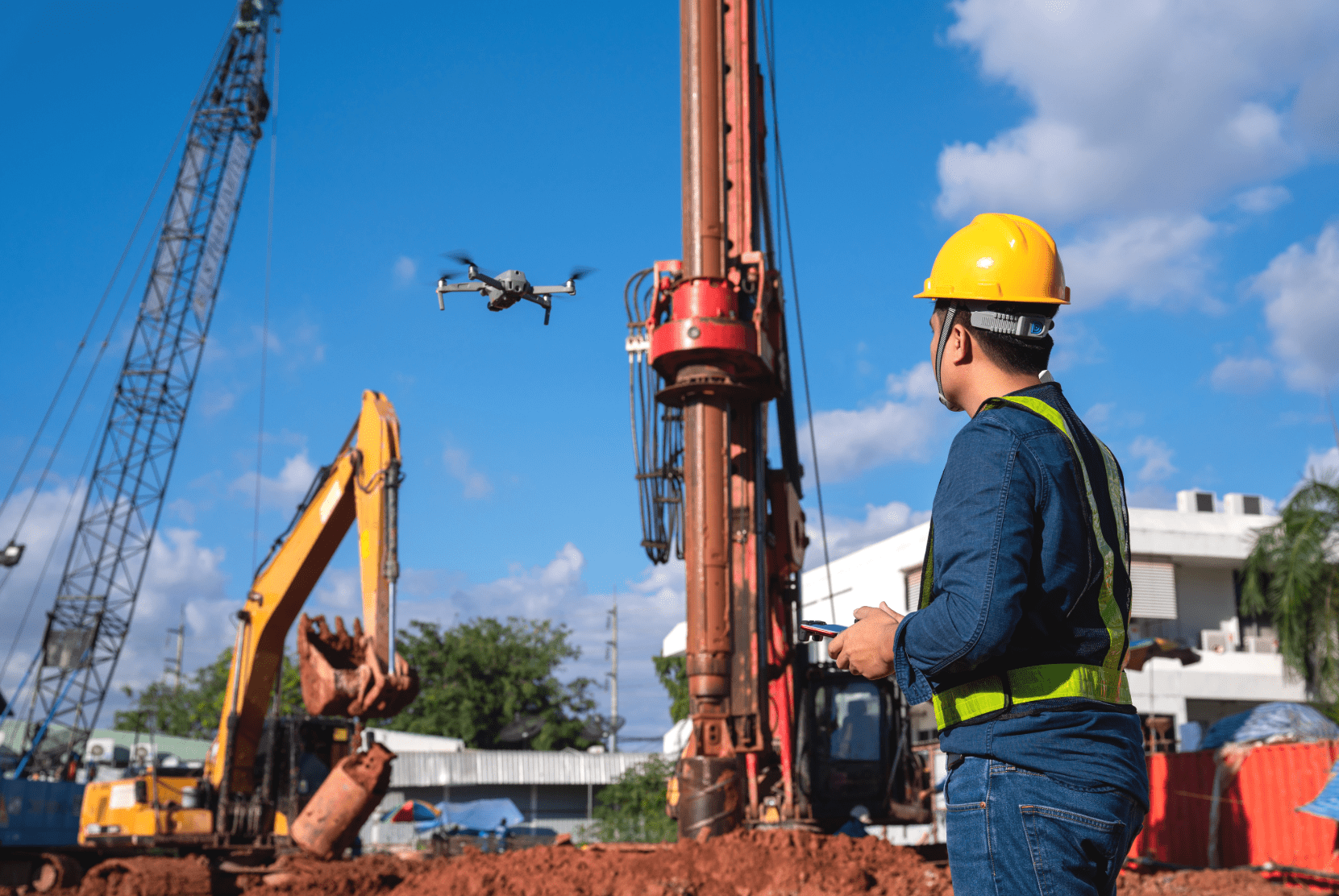In Deutschland sind ca. 45 % der Gebäude gegen Naturkatastrophen versichert. Die meisten davon befinden sich in Baden-Württemberg (94 %), wohingegen Bremen mit 22 % weit hinten liegt (Quelle: GDV). Die steigende Anzahl an Stürmen und Naturkatastrophen macht die Wohngebäudeversicherung, teilweise zusammen mit einer Elementarschadenversicherung, zu einem Must-have für Gebäude- und Wohnungsbesitzer. Gebäude sind dann nicht nur gegen Schäden wie Feuer (Brand, Blitzschlag) und Wasser (Leitung, Frost), sondern auch gegen Naturkatastrophen wie Erdrutsche, Erdbeben, Hurrikans, Überschwemmungen usw. versichert. Mit über 130 Anbietern für Wohngebäudeversicherungen ist die Konkurrenz groß.
Im Jahr 2020 hat es mit 30 Stürmen ein besonders schlimmes Naturkatastrophen-Jahr gegeben. Experten der Allianz rechnen für 2021 zwar mit weniger Stürmen, trotzdem steigt die Nachfrage nach Schadens- und Unfallversicherungen stetig. Alleine in Berlin haben Starkregen- und Hochwasserschäden in 2019 einen Gesamtschaden von rund 19 Millionen Euro verursacht (Quelle: GDV).
Die steigende Anzahl an Schadensfällen bedeutet für Versicherer mehr Arbeit, höhere Regulierungskosten und im Umkehrschluss höhere Prämien für Versicherungsnehmer. Die Höhe der Prämie hängt aber auch vom Einzelfall ab. Welchen Zustand hat das Gebäude bei Versicherungsbeginn, wie hoch ist hier das Risiko für Stürme, Überschwemmung o. ä. und wie teuer kann es im Schadenfall werden? Hinter dieser Masse an Informationsbeschaffung steckt bereits ein enormer Aufwand.
Drohnen im Versicherungsgeschäft
Drohnen werden für Versicherungsunternehmen in Zukunft eine große Rolle spielen, und zwar gleich in vielerlei Hinsicht. Digitalisierung wird für Versicherer ein zunehmend relevanteres Thema. Nicht zuletzt auch um sich vom Markt abzuheben und um die steigende Nachfrage effizienter zu bedienen.
Vor Versicherungsbeginn müssen Versicherer eine Evaluation des Gebäudes (Zustandsermittlung) vornehmen. Diese dient unter anderem als Grundlage für das Underwriting. Dafür muss ein detailliertes Bild des Objektes erstellt werden. Mit Drohne geschieht dies in nur einem Bruchteil der Zeit, die ein Gutachter benötigt. Vor allem bei großen Gebäuden oder Bauwerken, wie Hochhäusern oder Kirchen, wird dieser Schritt durch den Einsatz von Drohnen erleichtert. Mit entsprechender Technologie können auch 3D-Modelle der Gebäude erstellt werden. Die Drohne bietet sich auch dafür an, die Umgebung näher zu erschließen und Bäume, Gewässer und andere nah gelegene Objekte aufzuzeichnen.
Drohnen als Schadensermittler
Ebenso wie vorab zur Zustandsermittlung bieten sich Drohnen auch für die Schadensermittlung an. Die Erfassung des Schadens kann, je nach Schadensfall, hohen Aufwand bedeuten. Hierbei können UAVs eine schnellere, präzisere Lösung bieten. Sie erreichen auch schwer zugängliche Bereiche. Sollte das Gebäude vor dem Schaden bereits beflogen worden sein (zum Beispiel bei der Angebotserstellung), kann der Flug auch automatisiert stattfinden. Damit wird eine Aufnahme aus der gleichen Perspektive ermöglicht und erleichtert die Prüfung der Vorher-Nachher-Bilder. Diese können ferner in das Schadensgutachten beigefügt werden. Natürlich kann sich auch hier ein 3D-Modell lohnen.
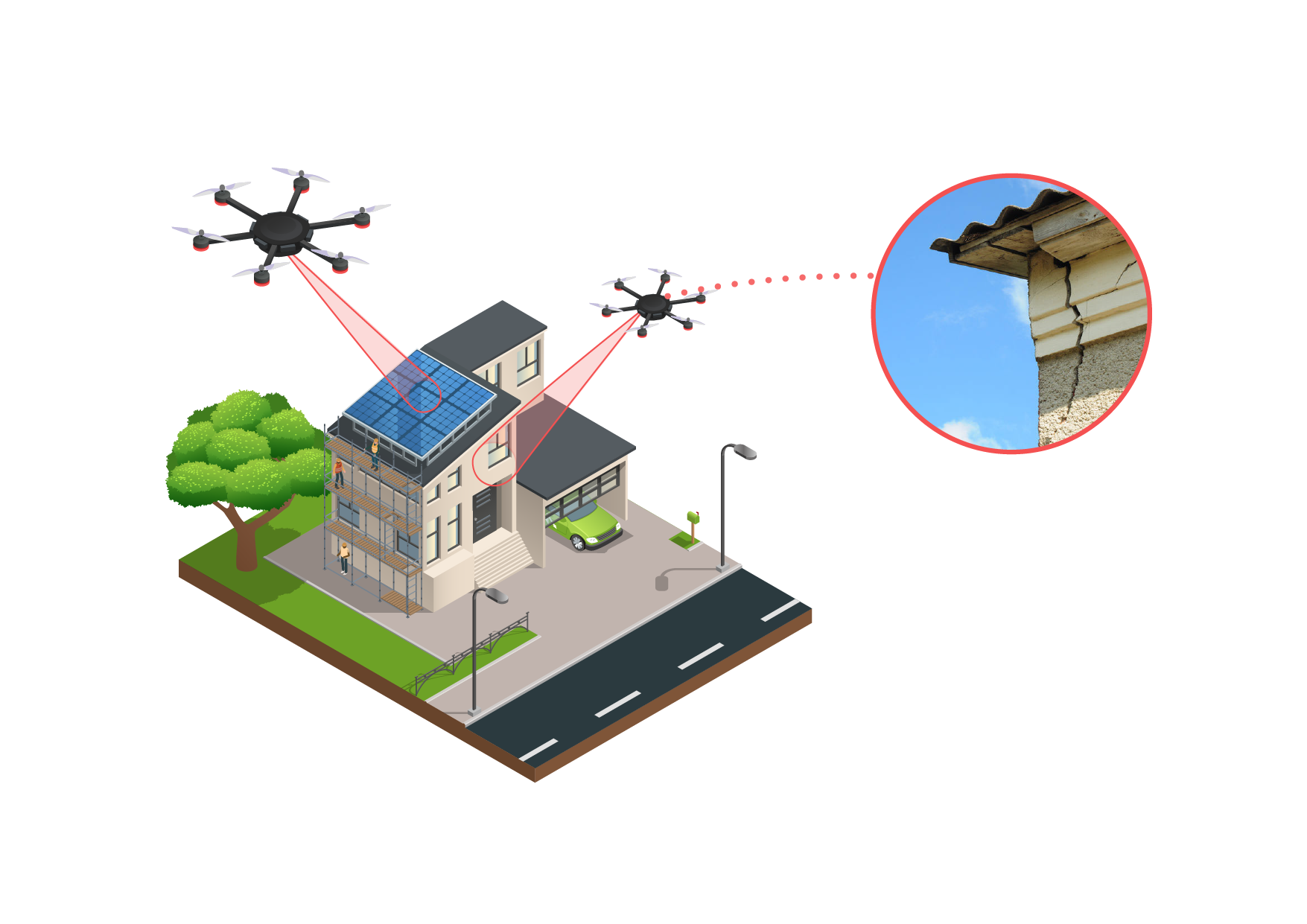
Die Vorteile liegen auf der Hand: Die Drohnennutzung spart Zeit, ist genauer und damit sparsamer. Die Wirtschaftlichkeit hängt dennoch vor allem an einer nahtlosen Integrierung der unbemannten Fluggeräte in den Geschäftsprozess. Bei Bedarf können die digitalen Daten objektbezogen gespeichert und in eine GIS-Umgebung überführt werden. Vorreiter sind hier wieder einmal die USA. Die drei Versicherer International Group (AIG), State Farm und United Services Automobile Association (USAA) nutzen im Rahmen der „Property Insurance“ schon seit Jahren Drohnen zur Schadensermittlung.
Nicht zuletzt werden auch in Deutschland immer mehr Versicherer auf die Möglichkeiten aufmerksam, wie z. B. die Versicherungskammer Bayern.
Unter www.flynex.io/objektversicherer finden Sie weitere Informationen zur Anwendung von Drohnen für Gebäude- und Objektversicherer.
Ihr FlyNex Team
